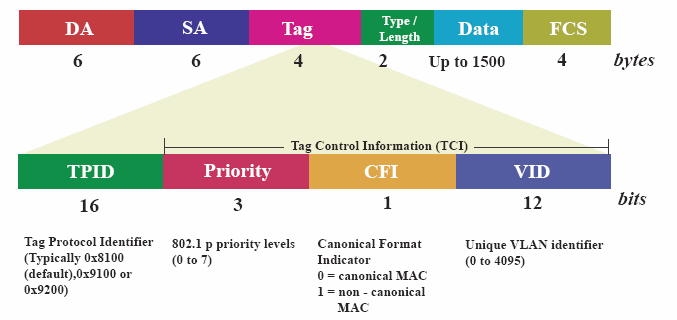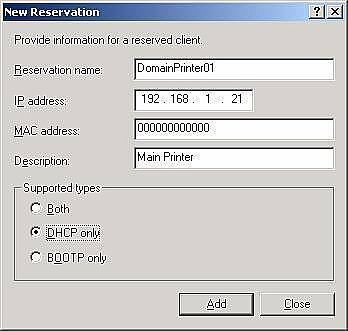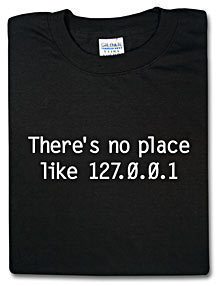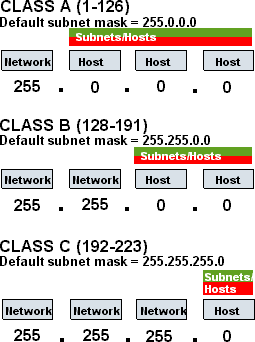802.1Q is also known as IEEE 802.1Q or VLAN tagging. It defines a virtual local area network. It is a protocol that allows virtual LANs to communicate with one another using a 3-layered router. It was developed as a part of IEEE 802.
Why Was The 802.1Q Standard Developed?
Large networks use up a lot of bandwidth and are slow. It is desirable to break up these huge LANs into smaller, more manageable networks. To address this problem, the 802.1Q standard was developed as a part of IEEE 802. This standard enables large LANs to be broken into much smaller "fragments." These fragments can broadcast and multicast at a much lower bandwidth. Fragmenting the LAN using this protocol also provides a much more secure environment between the segments of the internal network.

What Is A VLAN?
VLAN stands for virtual local area network. It consists of a group of devices that are networked logically. The devices are networked in different segments of the same LAN or on different LANs in such a way that they communicate as if they were connected to the same LAN on the same wire. These different LANs, or devices on different LANs, can function as if they belong to the same LAN, and this helps in managing the bandwidth allocation. It optimizes resources. It also helps in managing user/host connections because it is very flexible and is a logical virtual layout instead of a physical layout.
How Many Types Of VLAN Are There?
There are four main types of VLAN configurations:
- Port-based VLAN
- MAC-based VLAN
- ATM VLAN
- Protocol-based VLAN
How Does The 802.1q Standard Function?
The 802.1Q standard forms the basis of inserting a VLAN into an Ethernet framework. The VLAN can be established by configuring an 802.1 Q-compliant switch such that it belongs to a different VLAN. This can be achieved remotely by an operator. Thus, this gives the operator the ability to join many such LANs together by using many different compliant switches on different LANs, which greatly increases the capacity of the entire network. The end stations can be moved to different broadcast domains just by setting up different membership profiles on the different switches. This is one of the main advantages of this standard.
However, one must tag the various switches, and this tagging is the key. This tag is the VLAN ID, and various switches on different VLANs can be assigned the same key. This enables the VLAN to function as one big network. The switches can be configured such that they broadcast either tagged or untagged frames. Multiple switches can be configured differently and be used to carry various types of traffic over an Ethernet. Tags have a size limit. If larger tags are used, the Ethernet frame will drop the tag and, consequently, the frame.




Follow Us!